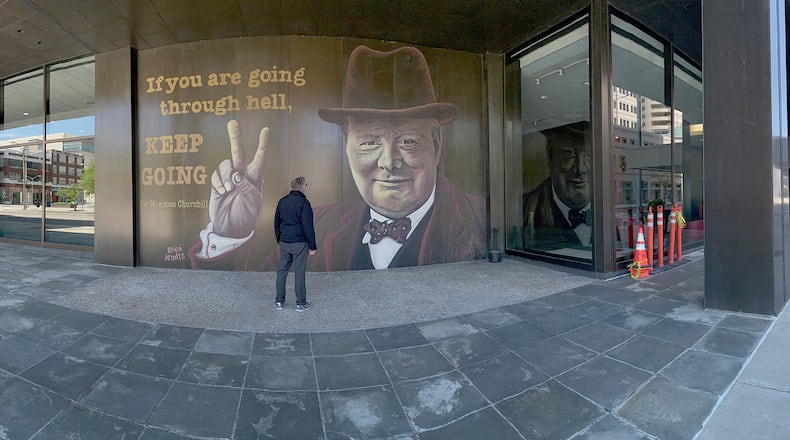To ease access to capital, initially only community financial institutions will be able to make first-draw PPP Loans on Monday, January 11, and second-draw PPP Loans on Wednesday, the SBA said.
That means the economic lifeline will reopen first for first-time borrowers, with second-time borrowers eligible to apply Wednesday.
The PPP will open to all participating lenders shortly thereafter, the government said.
”We need a WWII (World War II) Marshall Plan to get small businesses stable once again to hold back the tide of poverty, hunger and homelessness,” said Natalie Dunlevey, president of National Processing Solutions, based in Oakwood.
Dozens of businesses across the Dayton area were able to win some of the earlier iteration of the loan. Earlier loans went to employers as diverse as Evenflo, the Dayton YMCA, Cassano’s Pizza, Henny Penny, the Dayton Art Institute, Stratacache and many others.
“I received one for each of my three small businesses,” said Seth Hummel, who owns or co-owns several Dayton-area businesses, including Speakeasy Yoga, Maximum Potential, IQC, and Strong Plastics Inc. in Piqua.
There are some new requirements this go-round.
Borrowers are eligible for a second-draw PPP loan of up to $2 million, provided they have 300 or fewer employees, have used or will use the full amount of their first PPP loan on or before the expected date for the second PPP loan to be disbursed — or they experienced a revenue reduction of 25% or more in all or part of 2020 compared to any part of 2019.
During the first version of the program, borrowers did not have to show a revenue loss.
“The goalposts are constantly moving,” Dunlevey said.
Jason Laveck, director of marketing and business development for 937 Salon & Spa in Kettering, hopes to be eligible for PPP again.
“Our only problem is we are in a special category because we weren’t open all of 2019,” Laveck said. “To add to that, we were a brand new business, so no one knew who we were and we had less employees. It will be hard to prove a loss unless there is some sort of metric to factor in all of the things we’ve mentioned.”
Laveck said he recently met with the SBA’s senior area manager, Alexander Kohls, and the district director, Everett Woodel Jr. “They were very encouraging about the upcoming PPP and the simple forgiveness form.”
What hasn’t changed: The loans are supposed to be forgivable to small businesses, some nonprofits, self-employed workers and independent contractors — provided that borrowers meet key criteria, such as spending the money to retain their workers.
Congress last month agreed $284 billion for the PPP effort as part of the overall $900 billion coronavirus relief bill.
About the Author

